Crop Report: Tariffs, Quality, Size
The last Mexican mango wave is here and there are big questions. It’s happening faster than normal—that’s the feeling I can’t shake as we near the final wave of the Mexican organic mango season.
Will tariffs come back? Will quality change? Will we see jumbo Keitts? Will the season end early—or won’t it?
With many Mexican mango seasons under my belt, I’ll admit—this one feels different. Too soon. And as we head into August, I’m not exactly sure what to expect.
Folks keep asking for my thoughts and, honestly—like so many moments this season—it’s tough to predict. So, we do what we can with what we have.
There are a lot of big unknowns, and none of us have solid answers—yet. Like every end-of-season stretch, this one demands a close, almost daily eye on what’s unfolding. It all generally does happen fast at this point.
The fruit continues to flow, and consumers will keep craving and buying mangoes. It’s up to all of us to keep delivering—whatever the size, whatever the condition, tariffs or not.
The industry is currently picking and packing in both southern Sinaloa and the northern Los Mochis region (the non–hot water treated, fruit-fly-free zone). Each area has its strengths and weaknesses, but they work well in tandem.
In both regions, fruit is maturing rapidly—which is what I’m watching most closely. That means it can’t sit on the trees waiting for a better market, price, or timing. It has to be picked sooner than later, and that is the main reason the season is predicted to end early, consensus currently is first week of September, possibly last week of August- honesty I’m not sure.
What is Mature Fruit?
Mangoes that have been hanging the longest—soaking up sun, often during the hotter, rainier end-of-season weather—are typically the most mature. They’ve had the longest hang time, and that extra time on the tree measurably impacts internal quality. Unlike earlier in the season, when we see a mix of mature and green fruit in the supply chain, we’re now seeing mostly mature fruit. There are both benefits and challenges that come with this end-of-region or end-of-season maturity.
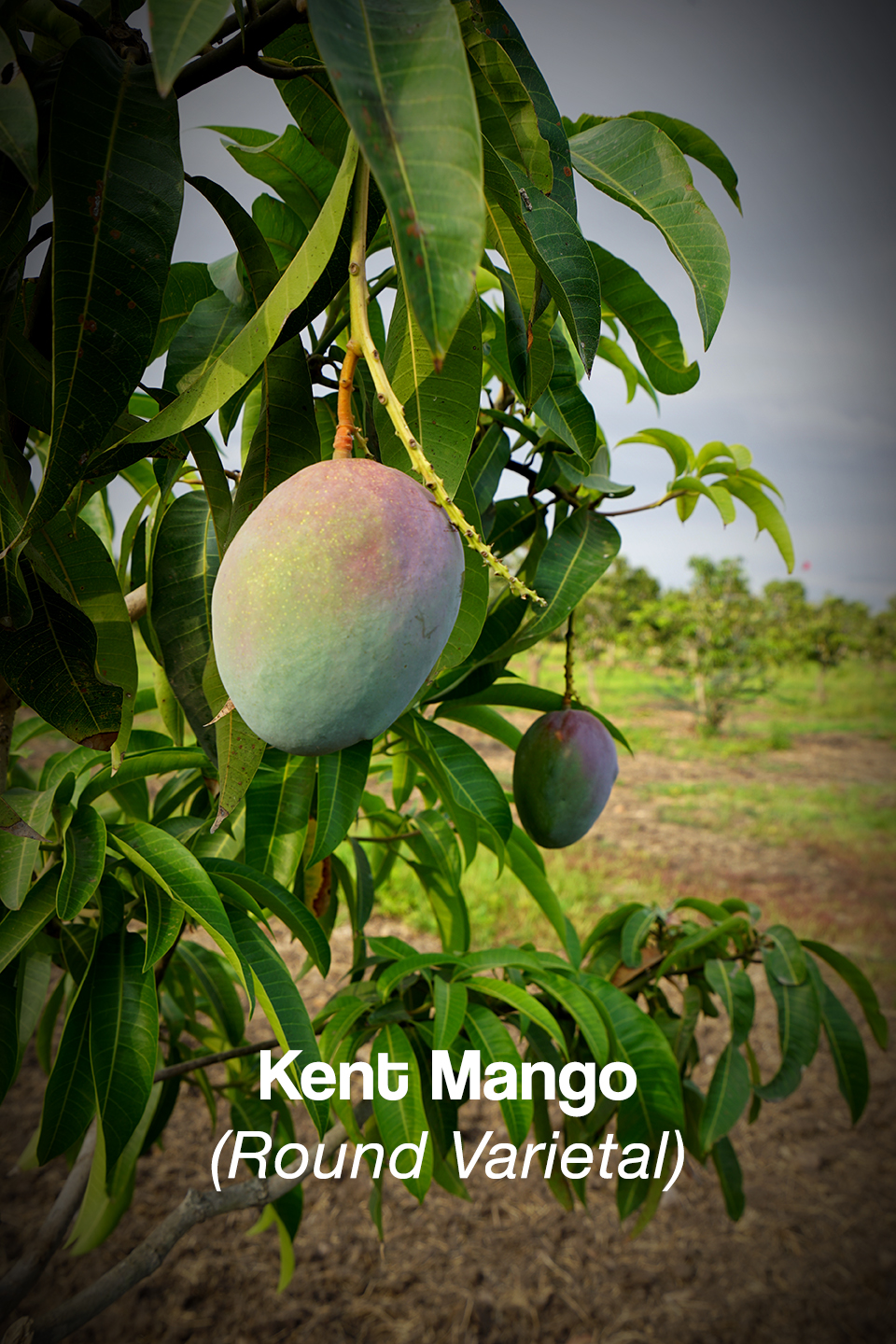
Benefits
Higher Brix: Extended hang time increases sugar accumulation. Brix levels often test higher than earlier fruit, indicating increased sweetness.
Concentrated Flavor: Longer exposure to heat and sun boosts volatile compounds that drive aroma and flavor intensity.
Color Development: Both skin and flesh color are often more fully developed.
More Predictable Internal Ripening: If harvested and cooled properly, these mangoes tend to ripen evenly with fewer internal defects like jelly seed or hollow shoulder.
Denser, Creamier Texture: As starches convert to sugars during extended maturation, the flesh often becomes smoother and less fibrous (varietal-dependent), with a richer mouthfeel.
Compound Development: Oils and resins develop more fully with time—this contributes to that complex “tropical funk” or deep floral-mango character prized in some varieties like Ataulfo or Nam Doc Mai. The flavor of Kent and Keitts late season is intensified with this “tropical funk”.
Enhanced Health Benefits: Studies show longer tree hang times can enhance phytochemical density and increase concentrations of carotenoids (like beta-carotene) and polyphenols, boosting antioxidant content.
Higher Consumer Eating Satisfaction: Late-season mature mangoes are often the most memorable eating experience for consumers—better flavor, better sweetness, better texture—which increases brand loyalty and repeat purchases. And in the case of organic Mexican mangoes- leaves them wanting more next season!
Challenges
Shorter Shelf Life: Higher maturity accelerates ripening, reducing post-harvest flexibility and increasing risk of soft fruit at point of sale.
Greater Risk of Internal Breakdown: Fruit is more prone to jelly seed, internal browning, sponginess, and sour rot—if cooling is delayed or transit temperatures are too stressful.
Increased Susceptibility to Fungal Pressure: Late-season rains and humidity raise the risk of stem end rot, anthracnose, and other post-harvest diseases. Lack of hot water bath in Mochis can interfere with the way hot water can quell anthracnose.
Higher Cosmetic Defects (aka UGLY mangoes): Prolonged exposure to sun, wind, and handling stress increases sap burn, bruising, lenticel spotting, and surface scarring.
Ripening Window is Narrower: Fruit ripens faster and more aggressively, leaving less margin for delays in the supply chain.
More Fragile Under Stress: Late-season mangoes are more sensitive to field heat, rough handling, or poor airflow during packing and transit.
Variable Sizing or Ripeness: Size and maturity levels can be inconsistent across orchards or even within blocks, complicating harvest and pack decisions.
In short, late-season mature mangoes may be trickier to handle, but they often deliver unmatched eating quality when managed well.
What’s the Quality and Size Outlook?
In terms of quality, it mostly depends on rainfall and the level of detail applied at the packhouse. Right now, a significantly higher percentage of fruit is being culled during sorting and grading—meaning packhouses are working harder to pull clean, exportable fruit from lots that may contain rain-affected or cosmetically flawed mature mangoes. This level of selective packing is expected to continue.
Southern Sinaloa will move into harvesting Keitts while quality holds, but with ongoing rain in the region, it’s unclear how long that area will stay viable. The fruit there is trending smaller, which helps us maintain optimal sizing.
As the Mochis region begins harvesting Kents, they’re also seeing smaller fruit (for this region), due to significant drought. For now, the immediate outlook is a strong market with good volume and decent organic size profiles.
It’s unclear whether we’ll see the jumbo Keitts this region is known for. In the organic sector, where pricing has traditionally been more sensitive, sizing has mattered a great deal—especially for mass-market retailers. Over the last several seasons, fruit from this region has trended larger, with optimal sizing in the 7-8-9 count range. That’s a shift from earlier years when 4-5-6 counts were more common and created major challenges for organic retail programs trying to hit the right price points.
As consumer demand for all things mango continues to grow year after year, more retailers have become comfortable bringing in these jumbo sizes. In fact, the current market is expected to be short on jumbo fruit for the next two weeks—until we know more about whether the fruit will size up.
Some rains are beginning in Mochis too, and if the pattern continues like in the south, we may see fruit grow bigger quickly. But it’s too early to say. Once the industry gets in there picking and packing, things will move fast.
As for the tariffs, your guess is better than mine. I doubt any of us are ready for them, if it does happen.
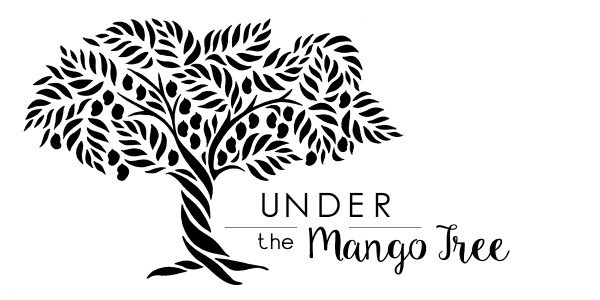
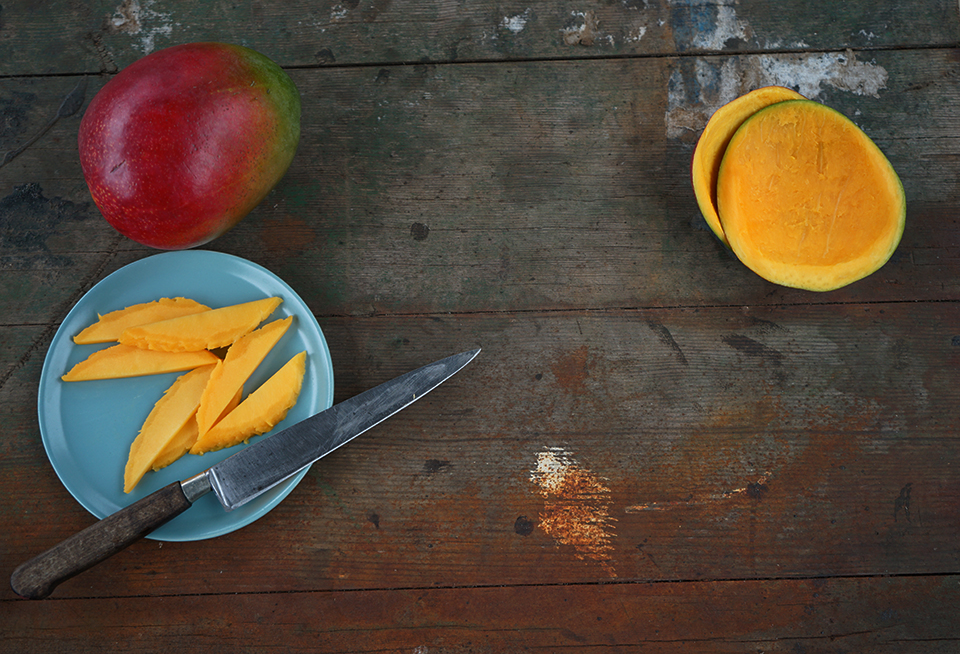
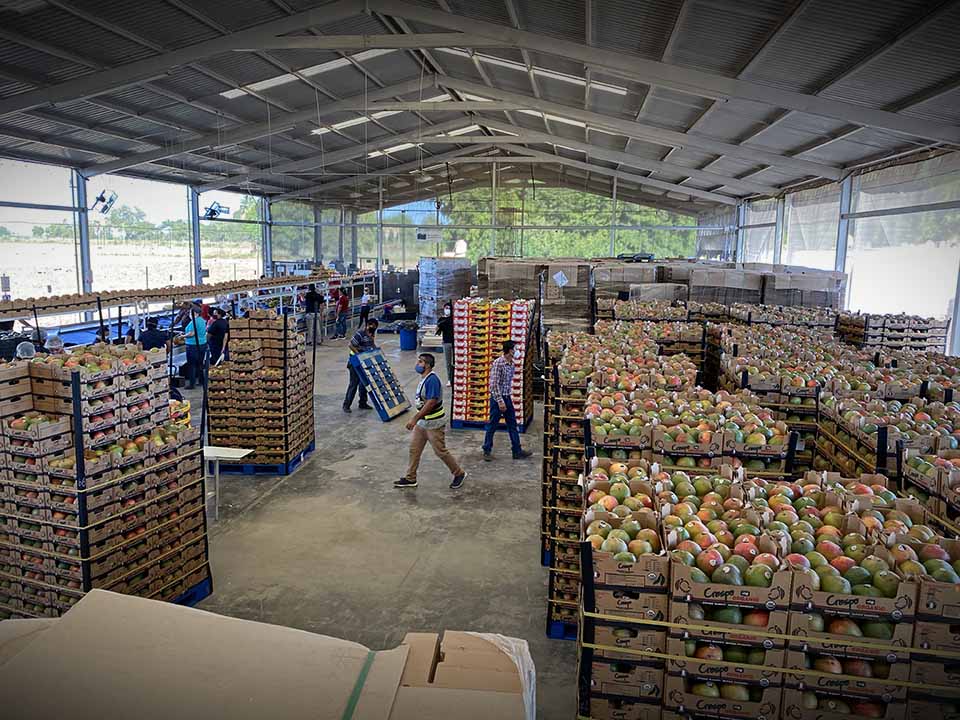
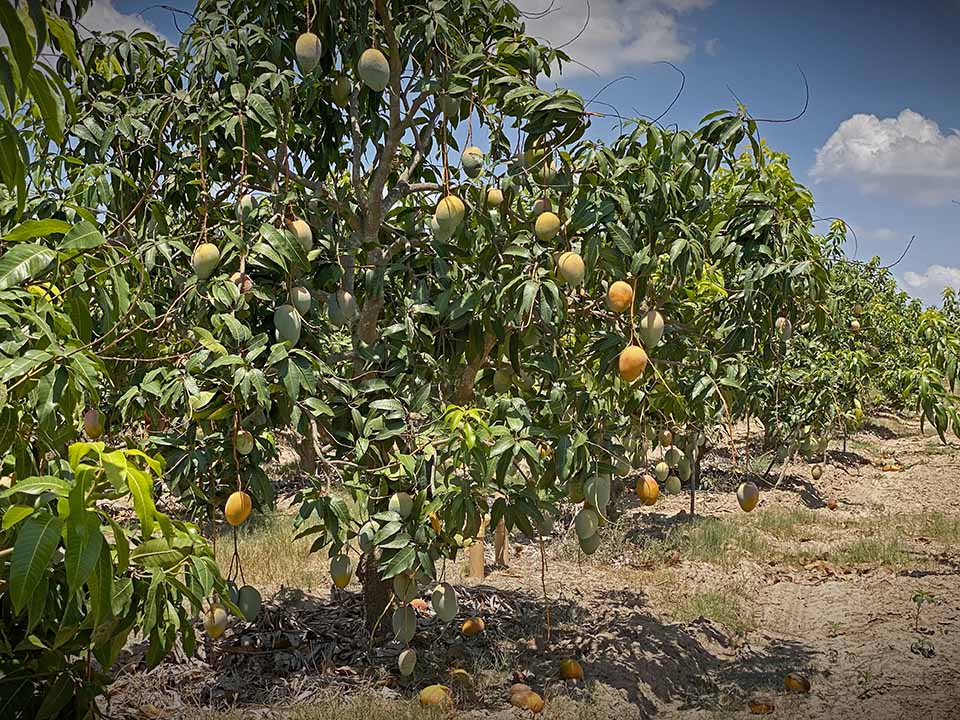
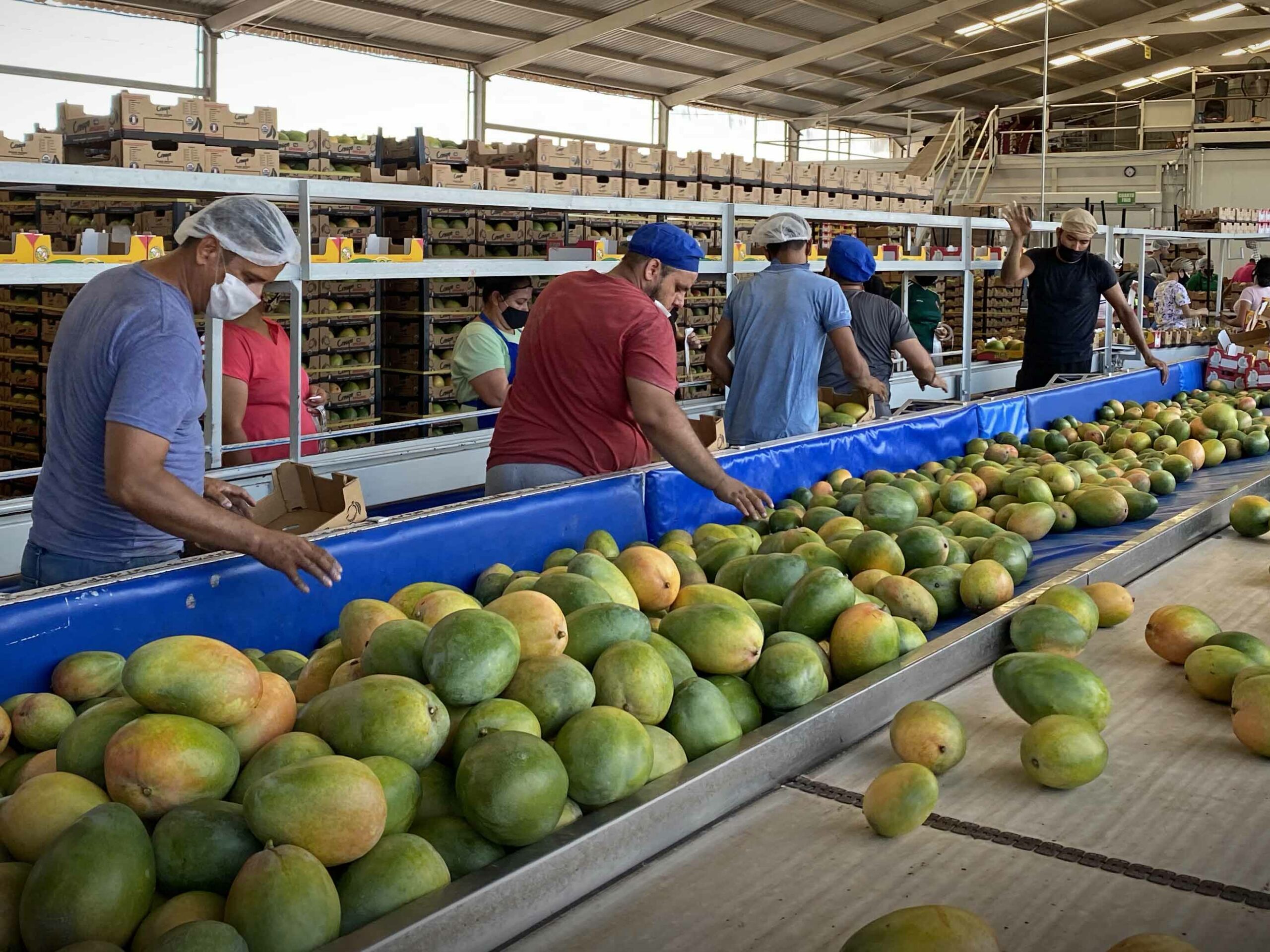

[…] turning a key page in the Mexican organic mango calendar. As noted in Under the Mango Tree’s July 29 report, the final wave of Mexican organic fruit has arrived—and it feels like it’s ending sooner than […]